
Why Your Website’s Continuous Updates Aren’t Boosting Domain Authority
Last updated: October 25, 2025 Read in fullscreen view
- 18 Oct 2020
 How to use the "Knowns" and "Unknowns" technique to manage assumptions 21/989
How to use the "Knowns" and "Unknowns" technique to manage assumptions 21/989 - 01 Oct 2020
 Fail fast, learn faster with Agile methodology 13/973
Fail fast, learn faster with Agile methodology 13/973 - 12 Oct 2022
 14 Common Reasons Software Projects Fail (And How To Avoid Them) 10/504
14 Common Reasons Software Projects Fail (And How To Avoid Them) 10/504 - 19 Oct 2021
 Is gold plating good or bad in project management? 7/754
Is gold plating good or bad in project management? 7/754 - 10 Nov 2022
 Poor Code Indicators and How to Improve Your Code? 7/213
Poor Code Indicators and How to Improve Your Code? 7/213 - 08 Nov 2022
 4 tips for meeting tough deadlines when outsourcing projects to software vendor 6/254
4 tips for meeting tough deadlines when outsourcing projects to software vendor 6/254 - 06 Feb 2021
 Why fail fast and learn fast? 6/375
Why fail fast and learn fast? 6/375 - 13 Oct 2021
 Outsourcing Software Development: MVP, Proof of Concept (POC) and Prototyping. Which is better? 6/424
Outsourcing Software Development: MVP, Proof of Concept (POC) and Prototyping. Which is better? 6/424 - 28 Jul 2022
 POC, Prototypes, Pilots and MVP: What Are the Differences? 6/606
POC, Prototypes, Pilots and MVP: What Are the Differences? 6/606 - 01 Sep 2022
 Facts Chart: Why Do Software Projects Fail? 6/540
Facts Chart: Why Do Software Projects Fail? 6/540 - 01 Mar 2023
 Bug Prioritization - What are the 5 levels of priority? 6/207
Bug Prioritization - What are the 5 levels of priority? 6/207 - 07 Oct 2025
 Case Study: Using the “Messaging House” Framework to Build a Digital Transformation Roadmap 5/45
Case Study: Using the “Messaging House” Framework to Build a Digital Transformation Roadmap 5/45 - 05 Mar 2021
 How do you minimize risks when you outsource software development? 5/317
How do you minimize risks when you outsource software development? 5/317 - 31 Aug 2022
 What are the best practices for software contract negotiations? 5/215
What are the best practices for software contract negotiations? 5/215 - 12 Dec 2021
 Zero Sum Games Agile vs. Waterfall Project Management Methods 4/374
Zero Sum Games Agile vs. Waterfall Project Management Methods 4/374 - 14 Oct 2021
 Advantages and Disadvantages of Time and Material Contract (T&M) 4/789
Advantages and Disadvantages of Time and Material Contract (T&M) 4/789 - 06 Mar 2021
 4 things you need to do before getting an accurate quote for your software development 4/615
4 things you need to do before getting an accurate quote for your software development 4/615 - 08 Jan 2024
 Ask Experts: Explicitation/Implicitation and Elicitation; two commonly used but barely unraveled concepts 4/275
Ask Experts: Explicitation/Implicitation and Elicitation; two commonly used but barely unraveled concepts 4/275 - 04 Oct 2022
 Which ERP implementation strategy is right for your business? 4/278
Which ERP implementation strategy is right for your business? 4/278 - 01 Dec 2023
 Laws of Project Management 3/249
Laws of Project Management 3/249 - 05 Sep 2023
 The Cold Start Problem: How to Start and Scale Network Effects 3/167
The Cold Start Problem: How to Start and Scale Network Effects 3/167 - 31 Oct 2021
 Tips to Fail Fast With Outsourcing 3/375
Tips to Fail Fast With Outsourcing 3/375 - 18 Jul 2021
 How To Ramp Up An Offshore Software Development Team Quickly 3/516
How To Ramp Up An Offshore Software Development Team Quickly 3/516 - 08 Oct 2022
 KPI - The New Leadership 3/557
KPI - The New Leadership 3/557 - 18 Aug 2022
 What are the consequences of poor requirements with software development projects? 3/242
What are the consequences of poor requirements with software development projects? 3/242 - 16 Apr 2021
 Insightful Business Technology Consulting at TIGO 3/376
Insightful Business Technology Consulting at TIGO 3/376 - 09 Mar 2022
 Consultant Implementation Pricing 3/184
Consultant Implementation Pricing 3/184 - 16 Feb 2021
 Choose Outsourcing for Your Non Disclosure Agreement (NDA) 3/150
Choose Outsourcing for Your Non Disclosure Agreement (NDA) 3/150 - 10 Apr 2021
 RFP vs POC: Why the proof of concept is replacing the request for proposal 2/254
RFP vs POC: Why the proof of concept is replacing the request for proposal 2/254 - 07 Jul 2021
 The 5 Levels of IT Help Desk Support 2/380
The 5 Levels of IT Help Desk Support 2/380 - 13 Dec 2020
 Move fast, fail fast, fail-safe 2/292
Move fast, fail fast, fail-safe 2/292 - 17 Feb 2022
 Prioritizing Software Requirements with Kano Analysis 2/280
Prioritizing Software Requirements with Kano Analysis 2/280 - 04 Oct 2021
 Product Validation: The Key to Developing the Best Product Possible 2/295
Product Validation: The Key to Developing the Best Product Possible 2/295 - 23 Sep 2021
 INFOGRAPHIC: Top 9 Software Outsourcing Mistakes 2/411
INFOGRAPHIC: Top 9 Software Outsourcing Mistakes 2/411 - 28 Dec 2021
 8 types of pricing models in software development outsourcing 2/417
8 types of pricing models in software development outsourcing 2/417 - 28 Oct 2022
 Build Operate Transfer (B.O.T) Model in Software Outsourcing 2/361
Build Operate Transfer (B.O.T) Model in Software Outsourcing 2/361 - 01 May 2024
 Warren Buffett’s Golden Rule for Digital Transformation: Avoiding Tech Overload 2/188
Warren Buffett’s Golden Rule for Digital Transformation: Avoiding Tech Overload 2/188 - 17 Mar 2025
 Integrating Salesforce with Yardi: A Guide to Achieving Success in Real Estate Business 2/141
Integrating Salesforce with Yardi: A Guide to Achieving Success in Real Estate Business 2/141 - 10 Dec 2023
 Pain points of User Acceptance Testing (UAT) 2/416
Pain points of User Acceptance Testing (UAT) 2/416 - 01 May 2023
 CTO Interview Questions 1/296
CTO Interview Questions 1/296 - 09 Feb 2023
 The Challenge of Fixed-Bid Software Projects 1/191
The Challenge of Fixed-Bid Software Projects 1/191 - 26 Dec 2023
 Improving Meeting Effectiveness Through the Six Thinking Hats 1/205
Improving Meeting Effectiveness Through the Six Thinking Hats 1/205 - 05 Jan 2024
 Easy ASANA tips & tricks for you and your team 1/180
Easy ASANA tips & tricks for you and your team 1/180 - 11 Jan 2024
 What are the Benefits and Limitations of Augmented Intelligence? 1/434
What are the Benefits and Limitations of Augmented Intelligence? 1/434 - 12 Aug 2024
 Understanding Google Analytics in Mumbai: A Beginner's Guide 1/84
Understanding Google Analytics in Mumbai: A Beginner's Guide 1/84 - 19 Apr 2021
 7 Most Common Time-Wasters For Software Development 1/525
7 Most Common Time-Wasters For Software Development 1/525 - 07 Oct 2022
 Digital Transformation: Become a Technology Powerhouse 1/216
Digital Transformation: Become a Technology Powerhouse 1/216 - 30 Oct 2022
 How Much Does MVP Development Cost in 2023? 1/170
How Much Does MVP Development Cost in 2023? 1/170 - 09 Jan 2022
 How to Bridge the Gap Between Business and IT? /163
How to Bridge the Gap Between Business and IT? /163 - 07 Aug 2022
 Things to Consider When Choosing a Technology Partner /249
Things to Consider When Choosing a Technology Partner /249 - 19 Oct 2021
 Software development life cycles /628
Software development life cycles /628 - 06 Nov 2019
 How to Access Software Project Size? /236
How to Access Software Project Size? /236 - 03 Nov 2022
 Top questions and answers you must know before ask for software outsourcing /264
Top questions and answers you must know before ask for software outsourcing /264 - 06 Mar 2024
 [SemRush] What Are LSI Keywords & Why They Don‘t Matter /131
[SemRush] What Are LSI Keywords & Why They Don‘t Matter /131 - 23 Sep 2024
 5 best URL Shorteners to Elevate your SEO Strategy /182
5 best URL Shorteners to Elevate your SEO Strategy /182 - 17 Mar 2025
 IT Consultants in Digital Transformation /62
IT Consultants in Digital Transformation /62 - 10 Jul 2025
 Building AI-Driven Knowledge Graphs from Unstructured Data /111
Building AI-Driven Knowledge Graphs from Unstructured Data /111 - 20 Nov 2022
 Software Requirements Are A Communication Problem /233
Software Requirements Are A Communication Problem /233 - 12 Mar 2024
 How do you create FOMO in software prospects? /127
How do you create FOMO in software prospects? /127 - 14 Mar 2024
 Why should you opt for software localization from a professional agency? /117
Why should you opt for software localization from a professional agency? /117 - 01 Mar 2024
 (AI) Artificial Intelligence Terms Every Beginner Should Know /280
(AI) Artificial Intelligence Terms Every Beginner Should Know /280 - 01 Mar 2023
 How do you deal with disputes and conflicts that may arise during a software consulting project? /145
How do you deal with disputes and conflicts that may arise during a software consulting project? /145
Many website owners reach out to us with concerns about their low Domain Authority (DA) scores, despite regularly updating their content. Here are some common questions we receive:
- Why does my website continuously update but still fail to increase its Domain Authority?
- What have I overlooked that could be preventing my DA from rising?
- What hidden factors contribute to a low DA?
What is Domain Authority (DA)?
Domain Authority, often abbreviated as DA, is a metric developed by Moz that indicates the quality of your blog. It acts as a ranking system, assessing your site’s potential to rank in search engine results. While it’s a useful benchmark, it’s important to note that DA is not directly related to Google’s ranking algorithms.
Websites with high traffic but low DA are relatively rare, as a higher domain authority usually correlates with better visibility and increased traffic. DA is influenced by various factors, including the quality and quantity of backlinks, the overall reliability of the site, and the quality of content. Some websites might achieve high traffic due to viral content or social media popularity without investing in traditional SEO efforts, resulting in a comparatively low DA. Remember, DA values and traffic numbers can fluctuate over time.
Examples of high-traffic websites with low DA include social media platforms, news sites, e-commerce sites, and video-sharing platforms.
DA: Just One of Many Ranking Factors
Domain Authority is merely one of the factors search engines consider when ranking websites. Others include:
- The quality of the site’s content
- The number of backlinks to the site
- User experience on the website
To improve your website’s ranking in search engine results pages (SERPs), focus on creating high-quality content, building backlinks, and enhancing user experience. As you prioritize these elements, your Domain Authority will gradually increase.
Learn more: Can You Rank a Website with Low Domain Authority and Few Backlinks?
Common Mistakes Leading to Low Domain Authority Despite SEO Efforts
Even if your website enjoys a decent amount of traffic, a low DA can stem from several core issues:
- Low-Quality or Insufficient Backlinks
DA is primarily determined by the quantity and quality of backlinks. A lack of backlinks or an abundance of links from low-quality sites negatively impacts DA. - Lack of Linking Root Domain Diversity
Tools like Ahrefs and Moz place a high value on diverse linking root domains. If most of your backlinks come from a handful of domains, your DA score will suffer. - Poor On-Page Optimization and Website Structure
A unclear website structure and lack of on-page optimization (such as meta tags, headings, and internal linking) make it difficult for search engines to understand and evaluate your content effectively. - Content Quality and User Engagement
Regular updates don’t guarantee high-quality content. Your content must be valuable, useful, and provide a good user experience. Low time on page, high bounce rates, or lack of interaction can all detract from your DA. - Domain Age and Growth Rate
Newer websites or those with a shorter domain age often struggle to build DA, particularly if their backlink growth isn’t stable. - Ineffective Off-Page SEO Strategies
Focusing solely on content without considering off-page SEO strategies (like public relations, guest posting, or partnerships with reputable websites) can limit your DA growth. - Technical Issues Affecting User Experience
Page load speed, mobile-friendliness, and overall user experience can indirectly influence how search engines assess and rank your site. - High Competition in Your Niche
If your website operates in a highly competitive market, other sites may have stronger resources to build their DA, necessitating a more tailored strategy for your site.
Conclusion
Improving your Domain Authority is a multifaceted process that requires attention to various aspects of your website and its content. If you need specific guidance or strategies to boost your DA, feel free to reach out for a detailed plan tailored to your needs.









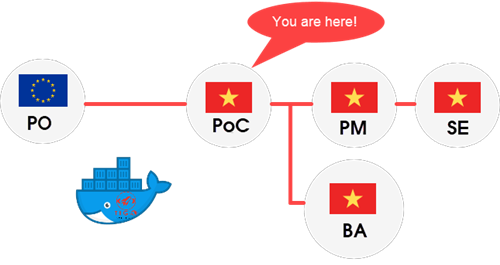






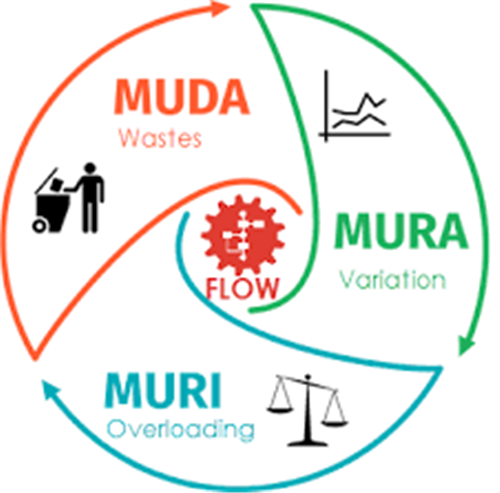
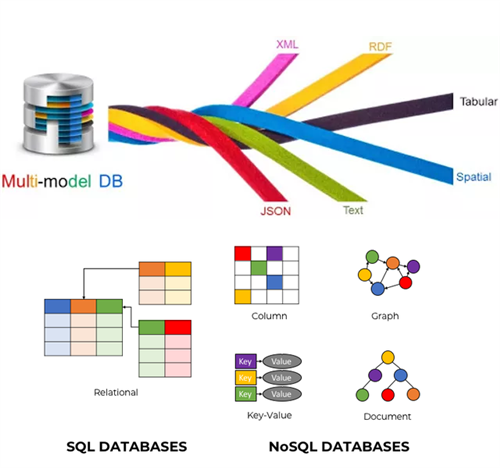

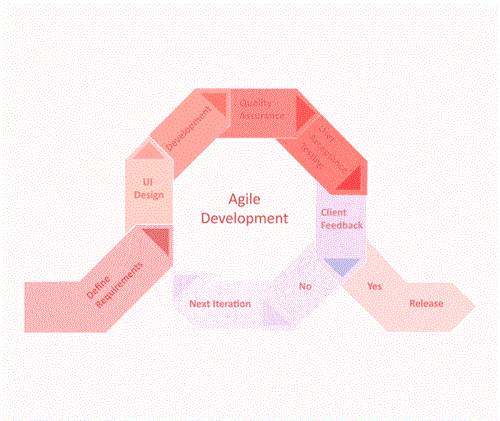
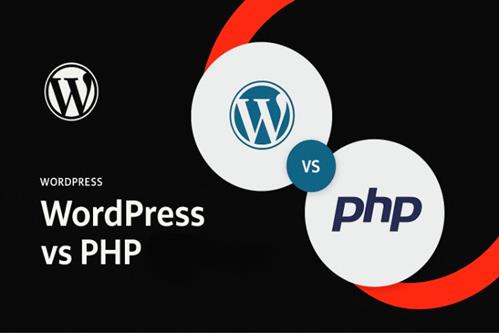


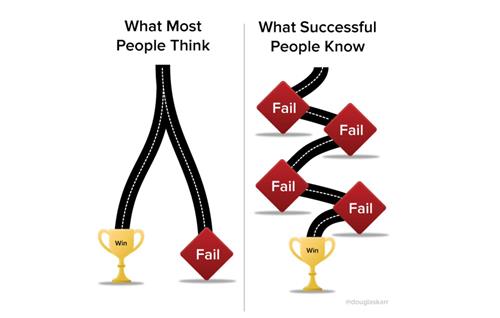










 Link copied!
Link copied!
 Recently Updated News
Recently Updated News